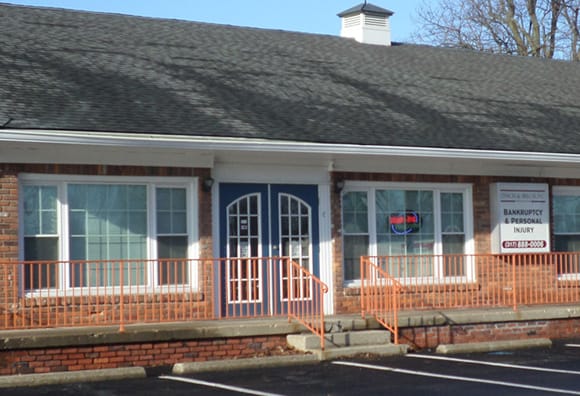Indiana residents who are facing overwhelming debt and dealing with the daily stress and fear that they will lose everything might not know where to turn. Making the monthly payments could be impossible and they are often thinking about whether they will lose their home, their automobile, various possessions and if it will negatively impact their entire lives.
In addition, debt collectors can be inordinately aggressive making calls, sending letters, text messaging and even contacting relatives, neighbors, colleagues and friends. Deciding to file for bankruptcy should be a relief. The objective is to clear debts and get into a better financial circumstance so they can move forward. Still, a common challenge is knowing which bankruptcy chapter to use. Having professional assistance can be helpful with making the right decision.
Chapter 7 vs. Chapter 13: How do I know which to use?
For personal bankruptcy, debtors generally have two choices: Chapter 7 or Chapter 13. The situation will dictate which is preferable. Since debtors will have individual challenges they must navigate, it is important to think about what they want to achieve beforehand.
People who have massive debt and do not own a home, an automobile over a certain value and items that are worth liquidating as part of the bankruptcy will likely be better served with a Chapter 7 liquidation.
Through Chapter 7, a trustee takes the person’s assets, sells them and distributes the proceeds to creditors. That might sound intimidating and people who do not know how the process works could be repelled by the idea out of fear that they will lose everything. In truth, debtors who choose Chapter 7 do not have a significant amount of property to lose.
Those who have amassed heavy medical debt, credit card debt and other unsecured debts will benefit greatly from Chapter 7 as it eliminates that debt and lets the person move on. The process is also relatively fast as the discharge is frequently granted within a few months after filing the petition. There are requirements such as the means test to ensure they can file for Chapter 7.
Chapter 13 is different. People who own property they want to keep can do so under Chapter 13. Unlike Chapter 7—which is completed within a few months from start to finish—Chapter 13 will take three or five years. It is comparable to a consolidation where the person’s income will dictate how much they can pay while the bankruptcy is in progress.
Payments are made to a trustee who distributes it to creditors. In exchange, the person gets to retain their property. The discharge does not happen until the process is complete. It can lower the payments to an affordable amount, hence it is called a “wage earner’s plan.” This can make it easier for them to get back on firmer financial ground. While the plan is in progress, collection efforts will cease. It is imperative that the debtor make the payments on time and in full.
Bankruptcy is a viable option, but qualified help can be critical
Bankruptcy is not something to fear, but people need to be well versed in which chapter is better in their case. Individualized attention can make a significant difference not only in the outcome of the case but in making the person feel better about the process.
It is an affordable and effective way to clear onerous debt and move on without the looming fear of not being able to pay even the minimum amounts and losing everything. For assistance in making a choice between Chapter 7 and Chapter 13 and moving forward, it is important to have experienced and caring help.


